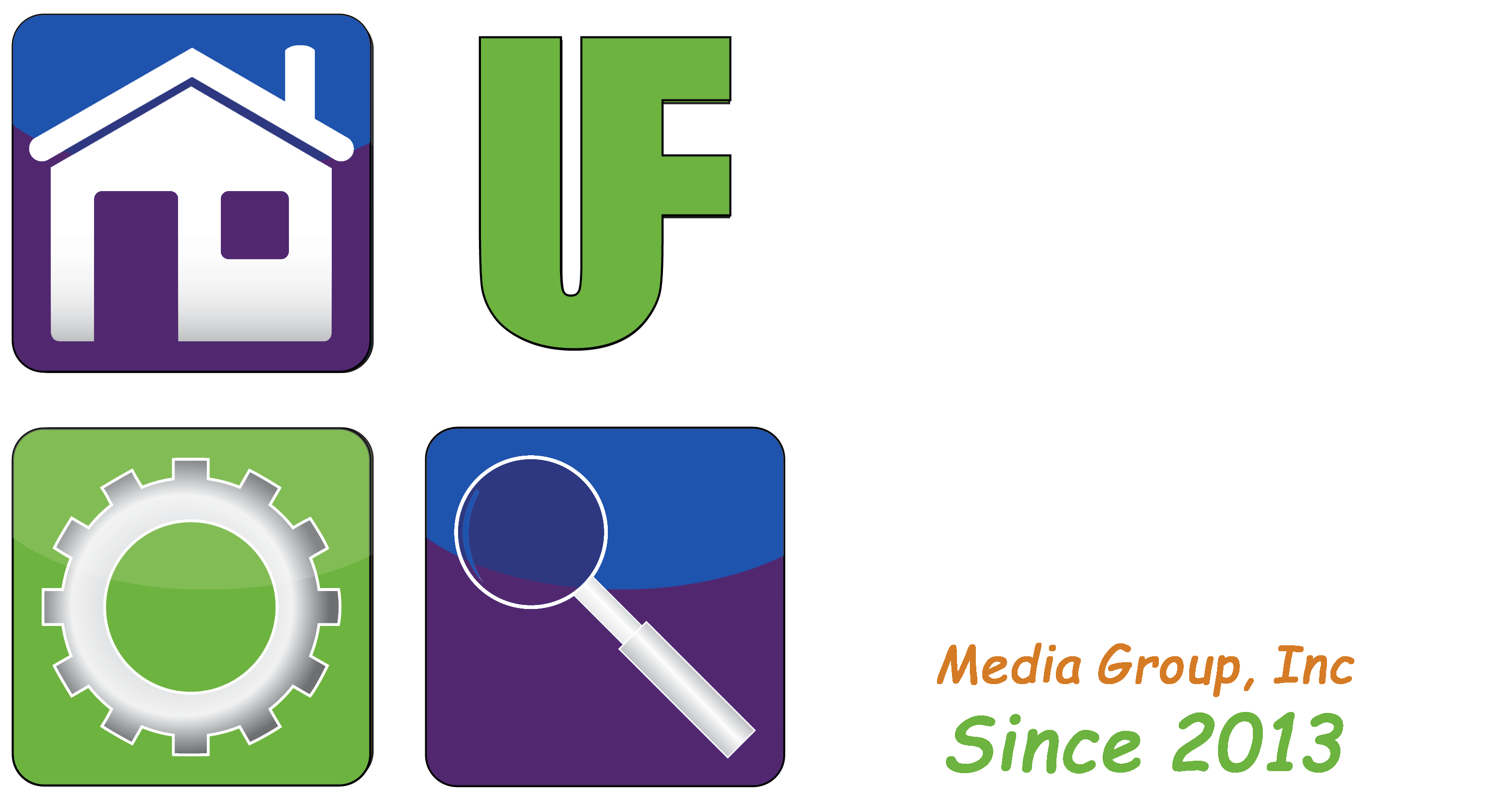By: William Sikkens
Host, User Friendly 2.0 Saturday’s at 5:00 p.m.
Do you have a subscription for your heated seats? How about that heated steering wheel or the air conditioner?
Auto manufacturers have been trying for years to make your car like your smartphone with the need for ongoing subscription services. To date, this has mostly been things like news and weather feeds, traffic data, and streaming music.
But now BMW and Tesla are wanting to take this to the next level with subscription hardware. Yes, you read right, subscription hardware. Recently there was a controversy in that a customer bought a used Tesla with Autodrive and other functions included. A short period of time after buying the car, Tesla turned off this functionality saying that while the original buyer paid for it, the second owner did not. The cost to turn it back on? About $8000.00 (USD)
BMW recently announced this month that they are rolling out an update that will allow what they call “digital personalization and on-demand features”. Any car running BMW’s Operating System 7 will receive the update. More about car operating systems below.
There are arguments for and against this idea.
The positive is that every car sold would essentially have to contain the hardware for any feature that is available. This would eliminate the need for a buyer to choose options at the time of purchase. It would also streamline the manufacturing process as every model of a given car would be the same build.
The argument against this is that a car manufacturer could sell a subscription in much the same way as the subscription model for software works. This would mean that not only do you have to pay to turn on a given feature but you might have to renew it monthly or yearly. Also, when you buy a used car you might experience something similar to the Tesla customer in which features unexpectedly go away.
DIG DEEPER:
The term that is used to describe the ability for a manufacturer to update a car is “over-the-air updates”. The car can receive a signal from the manufacturer and react accordingly. This doesn’t require your cell phone or even your permission to run.
These kinds of updates already exist on a much more basic level. My own car, a 2014, has onboard software that can be updated. This has also created a problem in that since the car is 6 years old some of the original features no longer work. This is not due to a subscription problem but is because the manufacturer no longer supports certain functions in what they call “older” cars. Yes, in today’s throw away society, BMW considers a 6 year old car obsolete. And to be fair this is true of most auto manufacturers.
The other issue with this type of configuration is hacking. There are many instances where bad actors have been able to get access to a car’s computer and grab the steering wheel or brakes remotely causing an accident or other problems. Most modern cars already use a technology known as “fly by wire”. That is all your controls are switches that interact with the car’s computer. They are rarely mechanical functions anymore. The car is designed to feel like a mechanical setup since that’s what we’re used to. On most modern cars when you shift into drive you send an electronic signal to the computer. There is no mechanical connection between the shift lever and the transmission. The computer then signals another computer on the transmission to switch to a specific drive function.
To run all of this, cars’ have operating systems now much like your computer or phone. BMW’s newest version is called Operating System 7. This is compatible with many of their newer models including the 2021 5 series.
The main drive behind these kinds of changes is a way to monetize a car after the manufacturer has sold it. Subscription models can bring a lot of money to the original manufacturer. This drive is the same reason we see this type of business model on software and many other services now.
William (Bill) Sikkens has been an on-air technology expert since 2014. With an expertise in I.T., cyber security and software design he has had more than 20 years’ experience with advanced technology. Sikkens conceptualizes and designs custom applications for many professional industries from health care to banking and has the ability to explain the details in a way all can understand. Article edited by Gretchen Winkler, who along with Jeremy Winkler are the co-hosts of User Friendly 2.0 here on The Answer Saturday’s at 5:00 p.m.
Links and brand/store information provided are for information only and are not endorsed by Salem Media Group, KPAM or the shows hosts
Got a technology question or comment for Bill? Follow him on Twitter @sikkensw


